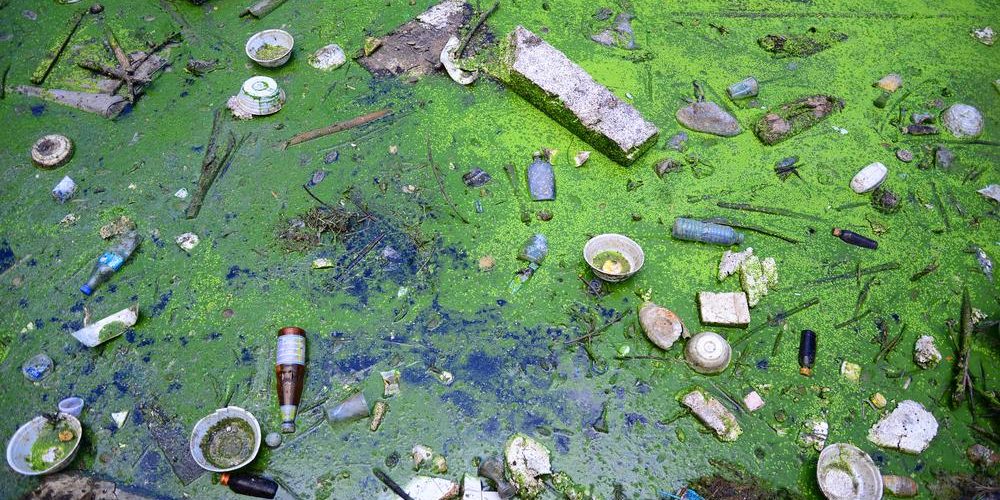Plastic Pollution Has an Unseen Enemy – Our Clothes

When we are talking about plastic pollution, we see and think about plastic bottles, grocery bags, straws and other objects that humans use every day. All those known problems remain a factor of pollution in our environment, but there is one more, and we don’t talk so much about it – our clothes.
If you take a look at every tag of your clothes, you will see that many of them contain synthetic fabrics. The most often used are polyester and nylon. If you’re questioning why the companies are still using those kinds of materials, the answer is simple: they are cheap to make, and they are durable. You can take for example the stretchy T-shirts, dresses, workout clothes, jeans, and water-resistant clothes.
Our clothes can affect the environment, and the first step is when we are washing them. Through washing, hundreds of microfibers are released, and they could end up in our oceans. Unfortunately, the microfibers are tiny, like 5 millimeters small, so you can’t control them or pick them up as you do with the other plastic objects.
Our Clothes Boost Plastic Pollution
Furthermore, some research was done in 2014 by Patagonia and the University of California, Santa Barbara, based on the company’s clothes and other brands. After washing the garments, 1.17 grams of microfibers were released, and they realized that the washing machine type has an influence too.
Patagonia posted the research and has created a washing bag called Guppyfriend to stop micro waste. They are also trying on materials to discover ways of developing fabrics that can lose fewer microfibers, but the perfect solution is hard to find. Stephanie Karba, the co-author of the study, says that each material has an impact on the environment. Even if we think that cotton is much better because microfibers aren’t released, we are impacting the water consumption.
To sum up, a 2017 report by the International Union for Conservation of Nature, says that from 8 million metric tons of plastic that ends up in the ocean, 35% comes from synthetic textiles. Then we have vehicle tires, city dust, road marking, paint from ships, and personal care products. But the microplastics from our clothes remain the most significant concern because they are impossible to clean up and they can be carried away to oceans and animals, affecting them too. We are hoping that soon, some solution will be taken for the microplastics. Also, we’re happy to see that more and more awareness has been shown when it comes to straws, grocery bags, and disposable cups.
0 comments